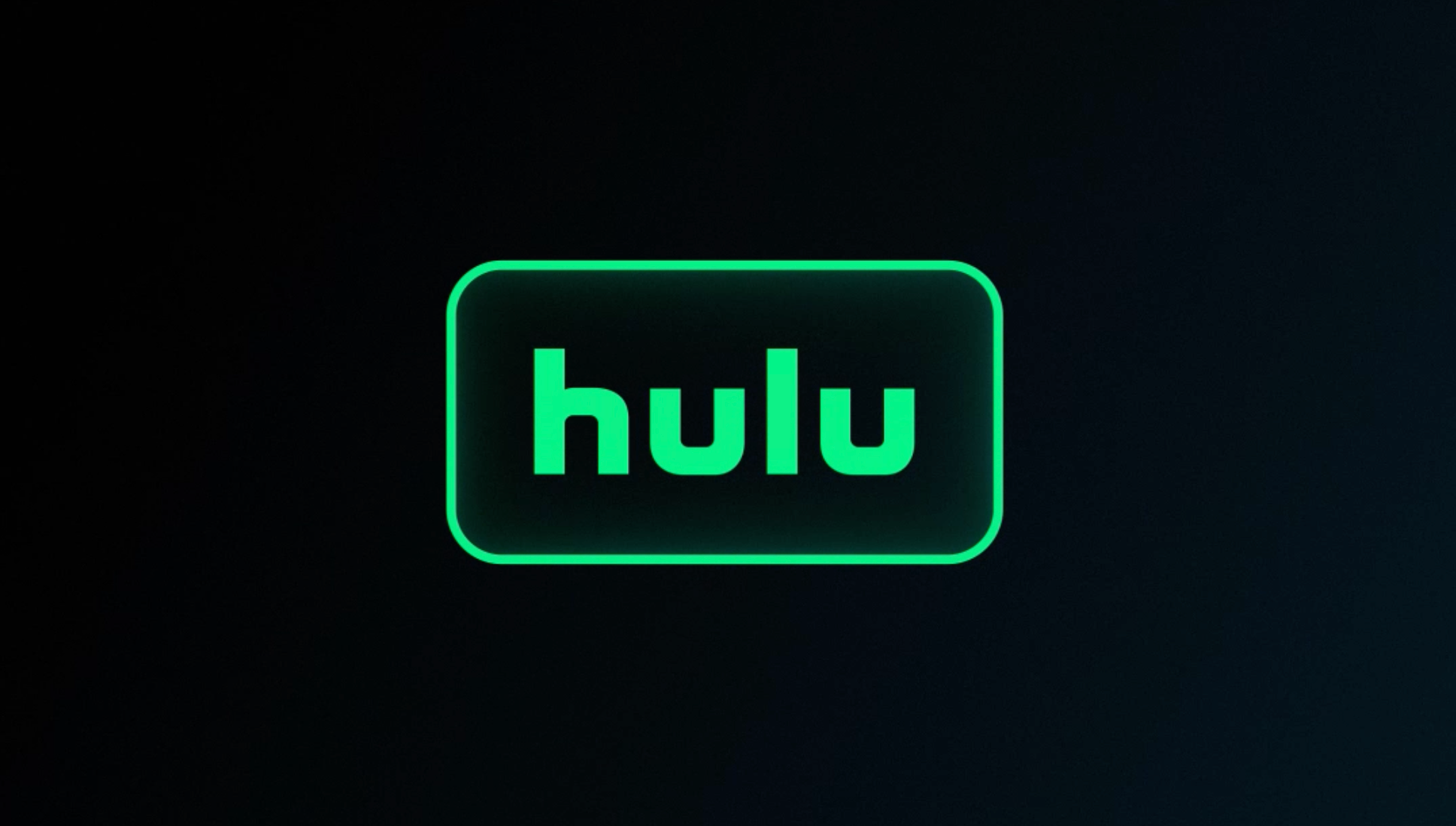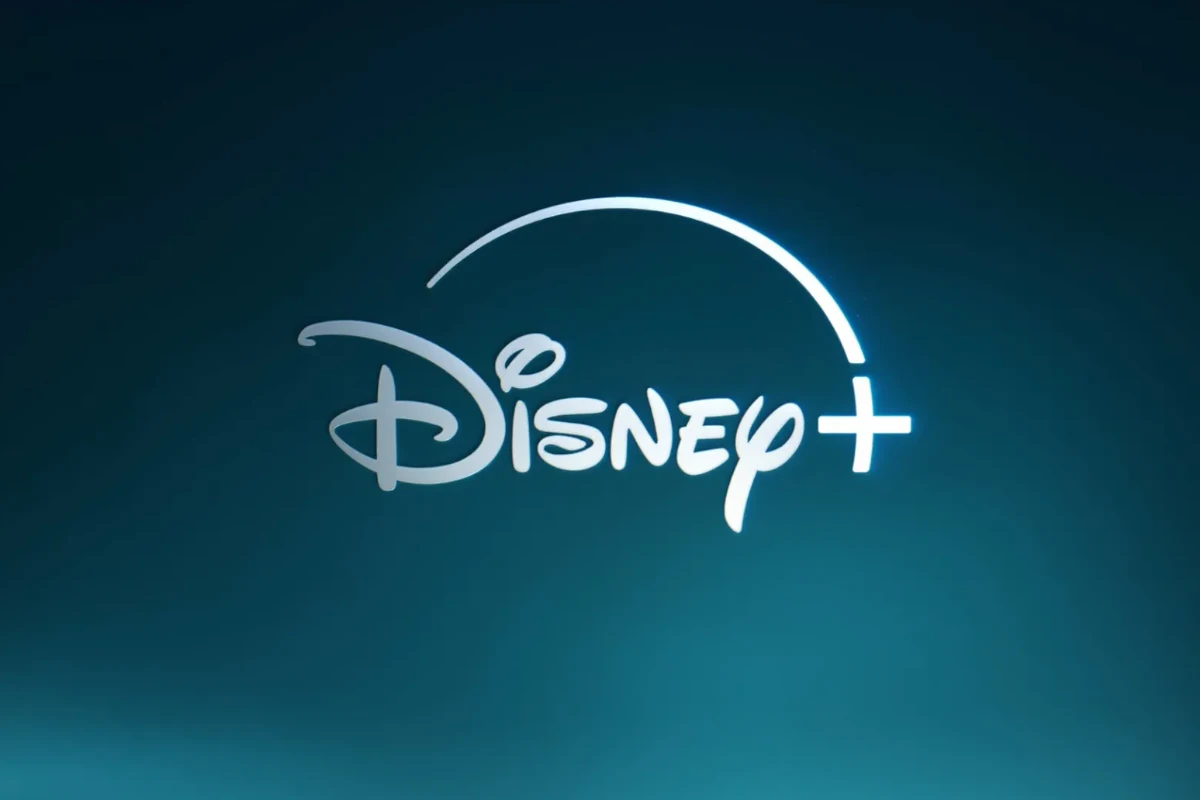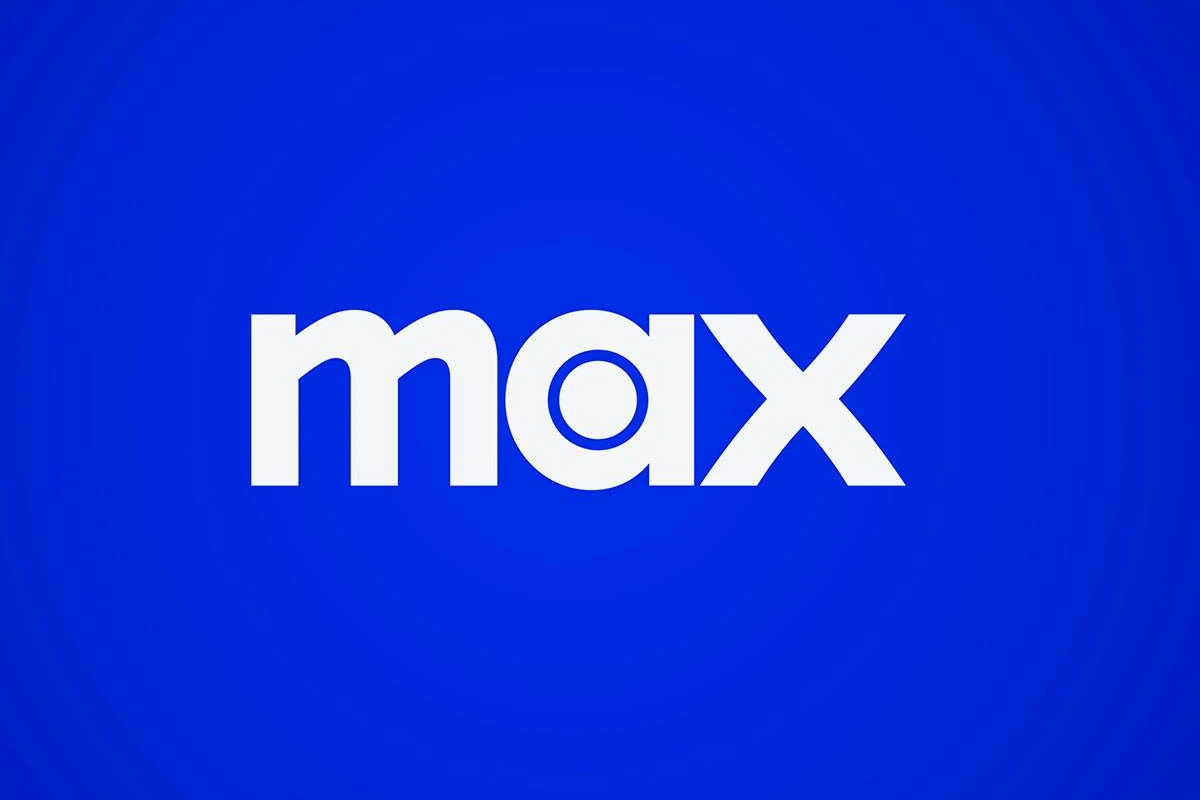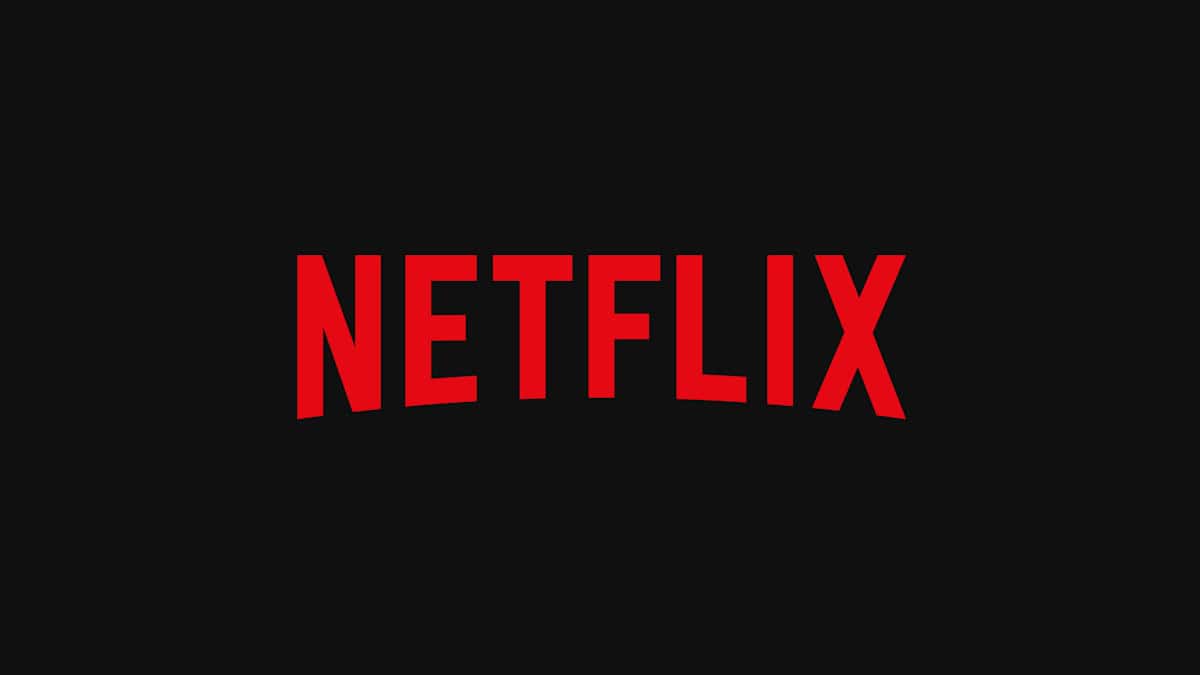Netflix has lost its spot as the top streaming service for the first time – and the new leader is a bundle from Disney and Warner Bros. Discovery. The 3-in-1 bundle which includes Disney+, Hulu, and Max has the best subscriber retention rate in the industry according to a report from analytics firm Antenna, with around 80% of subscribers keeping their subscriptions after three months.
The Disney+, Hulu, and Max bundle provides access to all three streaming services in one package, enabling users to stream content from Disney, Pixar, Marvel, Star Wars, National Geographic, Hulu Originals, HBO series and movies, and more. Plans start at $16.99 per month. Launched in July 2024, this partnership offers viewers appealing options for both ad-supported and ad-free viewing. The ad-free option is available for $29.99. This bundle aims to challenge Netflix’s long-standing dominance and reflects the evolving preferences of consumers regarding how they access and pay for content.

The success of this collaboration shows how combining content libraries helps attract and keep subscribers. While Netflix continues to have a large number of subscribers thanks to its original programming, the mix of Disney’s family-friendly content, Hulu’s variety, and Max’s premium entertainment seems to appeal to viewers looking for all-in-one streaming solutions.
Disney-Warner’s Bundle: A Strategic Threat to Netflix’s Streaming Dominance
In mid-2024, Disney and Warner Bros. Discovery launched a bundle that combined Disney+, Hulu, and Max. Initially seen as a bold attempt to fight churn and capture cord-cutters, the bundle has turned out to be far more than a temporary promotional move — it’s now one of the most effective tools for subscriber retention in the streaming industry. The numbers are in, and they’re not just impressive — they’re unsettling for Netflix.

The Retention Numbers Tell the Real Story
The core metric that’s causing concern at Netflix HQ isn’t just subscriber count, but retention. Around 80% of users who subscribed to the Disney+/Hulu/Max bundle during its July–September 2024 launch window were still subscribed three months later. That’s not just good — it’s better than Netflix, which posted a 74% retention rate over the same period. In an industry where subscribers churn the moment content dries up, this is a game-changing figure.
This is the first time any bundled offering has shown a legitimate advantage over Netflix in a key performance metric. Netflix has long led the market by leveraging a deep content library and global reach, but this bundle shows that users may now value breadth and choice — across brands — more than just depth from one source.
Why the Bundle Works: Cost, Content, and Convenience
At $16.99/month for the ad-supported version and $29.99/month for the ad-free tier, the bundle undercuts the cost of subscribing to each service individually while still providing full access to premium content across all three platforms. That includes everything from HBO originals and Hulu’s day-after TV, to Marvel, Star Wars, Pixar, and Disney’s family library.

Content Diversity Across Demographics
What makes the bundle stickier than a standalone subscription is the diversity it offers — both in content genres and audience demographics. One household can stream “The Bear” on Hulu, “Succession” on Max, and “The Mandalorian” on Disney+, all within the same package. The bundle is especially attractive to households with mixed viewing preferences — something Netflix has struggled with as it sheds niche titles in favor of broader, cost-effective originals.
Strategic Positioning Against Fragmentation
As more consumers express fatigue over managing multiple streaming subscriptions, bundles have suddenly become attractive again. The irony is sharp: cord-cutters abandoned cable for freedom, but are now latching onto bundles that feel suspiciously cable-like — only smarter. The Disney-Warner strategy offers value without redundancy and does so in a streamlined experience.
What This Means for Netflix
Netflix has already begun testing responses — experimenting with live sports, licensing back older hit shows, and tightening the screws on account sharing. But its core challenge remains: It’s a single-brand platform competing against a curated multi-brand ecosystem. Disney-Warner’s partnership gives users the feeling of more value for their dollar, not just in terms of content, but in identity and culture.
And while Netflix still leads globally with over 260 million subscribers, the stickiness of this new bundle suggests a slow shift in user behavior: people are gravitating toward bundled ecosystems where content feels fresh, diverse, and tied to major franchises. Netflix may continue to thrive, but the days of its untouchable dominance are behind us.
Where This Is Headed: The Return of the Super Bundle
Expect more consolidation. Industry whispers suggest future partnerships — like Peacock with Paramount+ — may follow suit. The streaming wars are moving from content volume to content synergy, and Disney-Warner has drawn first blood in that next phase.
If Netflix doesn’t respond with something equally compelling — not just more content, but more value — it may find itself isolated as a premium à la carte service in a market increasingly shaped by bundled giants. In this new phase of streaming, value and retention are king. And right now, Disney and Warner Bros. are wearing the crown.
Key Takeaways
- Disney and Warner Bros. Discovery’s streaming bundle has outperformed Netflix in subscriber retention for the first time in streaming history.
- The competitive pricing strategy of $16.99 for ad-supported content provides consumers with access to three major platforms at a value-oriented price point.
- Content diversity across Disney+, Hulu, and Max creates a compelling entertainment package that challenges Netflix’s standalone service model.
Market Shift in Streaming Services
The streaming landscape has experienced a significant transformation with Disney and Warner Bros. Discovery successfully challenging Netflix’s long-held dominance through strategic bundling and competitive pricing.
New Leadership by Disney and Warner Bros. Discovery
In July 2024, Disney and Warner Bros. Discovery launched a groundbreaking streaming bundle combining Disney+, Hulu, and Max. This partnership has achieved unprecedented success in customer retention, with approximately 80% of subscribers maintaining their subscriptions after three months according to analytics firm Antenna. This retention rate surpasses Netflix’s performance for the first time in streaming history.
The bundle offers viewers access to three major platforms at a competitive price point, creating substantial value for consumers. Disney and Warner Bros. Discovery’s collaboration represents a strategic response to Netflix’s market dominance, allowing them to pool resources and content libraries.
Disney had previously reached profitability in streaming ahead of other legacy entertainment companies, giving them a strong foundation for this new venture. This partnership demonstrates how traditional media companies are finally finding effective ways to compete in the digital streaming space.
Impact on Netflix’s Market Position
Netflix, despite reporting its largest-ever subscriber jump in recent quarters, now faces its first serious challenge to market leadership. The streaming pioneer has responded to competitive pressure by raising subscription prices, banking on its established brand loyalty and extensive content library to retain customers.
While Netflix pioneered the streaming model, competitors have learned from its success. The “streaming wars” that once seemed decidedly in Netflix’s favor have evolved into a more balanced competitive landscape.
Netflix’s correction in the market signaled a shift in investor expectations. Wall Street now demands profitability from streaming services rather than just subscriber growth. This changed environment affects how all streaming companies, including Netflix, approach their business strategies.
Despite this new competition, Netflix remains profitable while many rivals still struggle with streaming economics. The coming months will reveal whether the Disney/Warner bundle can sustain its impressive early performance or if Netflix will adapt to reclaim its undisputed leadership position.
Strategic Bundling
Streaming services are increasingly turning to bundling as a key competitive strategy. The recent success of the Disney and Warner Bros. Discovery partnership demonstrates how strategic bundling can effectively challenge even long-established market leaders like Netflix.
Competitive Pricing Strategies
The Disney and Warner Bros. Discovery streaming bundle combines Disney+, Hulu, and Max at a price point designed to attract subscribers from competitors. This joint offering allows consumers to access multiple content libraries at a lower cost than subscribing to each service individually.
The bundle’s pricing structure directly targets Netflix’s higher-priced tiers. By offering more content variety at a competitive price, the Disney-Warner bundle has successfully improved customer retention rates.
According to media analytics firm Antenna, approximately 80% of subscribers maintained their Disney-Warner bundle subscriptions after three months. This retention rate has surpassed Netflix’s performance for the first time in the streaming giant’s history.
Bundling as a Response to Market Demands
Streaming bundles address several key consumer pain points in today’s fragmented media landscape. Subscribers increasingly resist managing multiple separate subscriptions and prefer consolidated billing and content access.
The Disney-Warner partnership mirrors traditional cable TV bundling strategies but adapts them for the digital streaming era. This approach helps both companies reduce subscriber churn—a critical metric in the streaming industry.
Bundling also creates opportunities for cross-promotion between services and shared advertising platforms. Disney and Warner Bros. Discovery can leverage their combined user data to enhance ad targeting and create more personalized content recommendations.
Industry analysts suggest this bundling trend will continue as media companies seek sustainable business models in an increasingly competitive streaming market. The success of the Disney-Warner bundle may prompt other streaming providers to pursue similar strategic partnerships.
Subscriber Dynamics
The shifting balance in the streaming market demonstrates how subscriber behaviors and retention strategies have become crucial battlegrounds. The Disney+, Hulu, and Max bundle has demonstrated superior retention rates compared to Netflix, signaling a major shift in consumer preferences.
Evolving Subscriber Expectations and Behaviors
Streaming subscribers increasingly prioritize value and content variety when choosing services. According to recent data from Antenna, approximately 80% of subscribers retained the Disney-Warner Bros. Discovery bundle after three months, outperforming Netflix for the first time on this key loyalty metric.
Price sensitivity has become a major factor in subscriber decisions. Netflix’s recent price increases, despite reporting its largest-ever subscriber jump, have created an opening for competitively priced bundles to gain market share.
Content diversity is another critical driver of subscriber behavior. The combined libraries of Disney+, Hulu, and Max offer a broad spectrum of entertainment options, from family-friendly Disney content to HBO’s premium programming.
Growth and Retention Strategies
Netflix has historically relied on its first-mover advantage and global content strategy to maintain subscriber growth. However, the company has recently implemented controversial measures like password-sharing crackdowns to boost revenue and subscriber numbers.
Disney and Warner Bros. Discovery have countered with a bundling strategy that offers perceived value while reducing churn across their platforms. By combining Disney+, Hulu, and Max at a competitive price point, they’ve created a compelling alternative to Netflix.
Advertising-supported tiers have emerged as another key strategy. Both Netflix and the Disney bundle offer lower-cost options with ads, appealing to price-conscious consumers while opening new revenue streams.
Profitability remains challenging despite subscription growth. While Disney achieved streaming profitability for the first time in 2024, this was largely supported by ESPN+ sports content rather than Disney+ and Hulu entertainment offerings.
Content and Original Programming
The battle for streaming dominance increasingly revolves around exclusive content offerings and robust original programming. Both Netflix and the new Disney-Warner bundle leverage their creative assets to attract and retain subscribers.
Role of Original Content in Streaming Success
Netflix pioneered the original content strategy that transformed streaming. Their watershed moment came in 2013 with “House of Cards,” which proved streaming platforms could produce high-quality content worthy of critical acclaim. This success established a blueprint that competitors would later follow.
Netflix has continued to invest heavily in originals, with recent reports indicating they allocate the “vast majority” of their $17 billion content budget to original programming. Shows like “Stranger Things,” “Bridgerton,” and various comedy specials have become cultural phenomena.
The Disney-Warner bundle counters with powerful original franchises from Disney+ (Marvel, Star Wars), Hulu’s acclaimed series, and Max’s HBO prestige programming. This combined library offers subscribers unprecedented access to award-winning content across multiple genres.
Original content drives subscriber acquisition and reduces churn by creating platform-exclusive viewing experiences that cannot be found elsewhere.
Comparing Content Libraries
The competition between Netflix and the Disney-Warner bundle ultimately comes down to content volume versus recognized IP strength. Netflix boasts a larger total catalog, with originals growing from 52% to 61% of their library between late 2021 and early 2023.
However, research indicates audience preference for licensed content remains strong. During the same period, demand share for Netflix originals among their top 25 shows decreased to 24.9%, suggesting viewers still value recognizable third-party content.
The Disney-Warner bundle leverages decades of established entertainment brands including:
- Disney+: Marvel, Star Wars, Pixar, National Geographic
- Hulu: FX productions, ABC content, Fox libraries
- Max: HBO prestige series, Warner Bros films, DC Universe
This combination creates a formidable library spanning tentpole franchises, classic films, and critically acclaimed television across multiple demographics.
The bundle’s competitive pricing paired with this extensive catalog represents the first serious challenge to Netflix’s long-held streaming dominance.
Advertising and Revenue Models
As streaming competition intensifies, Netflix and its new rivals are exploring different revenue strategies beyond subscription fees. Both ad-supported tiers and direct advertising approaches have become critical battlegrounds in the streaming wars.
Ad-Supported Tiers in Streaming
Netflix launched its ad-supported tier in late 2022 after years of resistance, responding to subscriber losses and market pressure. According to recent data, Netflix’s ad revenue is projected to reach $760 million in 2025, representing only 2.7% of the connected TV advertising market.
The Disney-Warner Bros. Discovery bundle has leveraged ad-supported options more aggressively. Disney+ introduced its ad tier shortly after Netflix, while Hulu has maintained ad-supported options since its inception. This multi-tiered approach allows the bundle to capture both premium subscribers and cost-conscious viewers.
Ad-supported plans have become essential for streaming services facing subscription growth plateaus. Netflix reported its largest-ever subscriber jump recently, but price increases have previously led to customer losses – including 200,000 users in early 2022, its first decline since 2011.
Direct-to-Consumer Advertising
Streaming platforms have transformed how media companies approach advertising. Rather than relying on traditional cable networks as intermediaries, these services now have direct relationships with viewers and their data.
The Disney-Warner bundle benefits from extensive advertising experience across their traditional media businesses. Their combined audience data provides advertisers with broader targeting capabilities than Netflix, which is still building its advertising infrastructure.
Netflix’s late entry into advertising presents both challenges and opportunities. The company’s global reach and premium content attract advertisers, but it lacks the advertising expertise of traditional media companies.
First-party data collection has become a crucial competitive advantage in direct-to-consumer advertising. Streaming services track viewing habits, preferences, and engagement metrics to create more targeted ad experiences. This data-driven approach potentially delivers higher returns for advertisers than traditional broadcast advertising.
Industry Landscape
The streaming market has undergone dramatic shifts as legacy media companies and new entrants battle for subscriber dominance. Disney and Warner Bros. Discovery’s bundle strategy represents a significant power move in an increasingly competitive field where content libraries and pricing strategies determine market leaders.
The Role of Legacy Media Companies
Legacy media companies have transformed from licensing content to becoming direct competitors to Netflix. Disney made a bold entrance with Disney+ in 2019, leveraging its vast content library including Marvel, Star Wars, and Pixar. The company quickly established itself as a formidable challenger.
Warner Bros. Discovery emerged as another powerful competitor following the merger of WarnerMedia and Discovery, combining HBO Max and Discovery+ content before rebranding to Max. Their extensive catalog includes DC properties, HBO originals, and reality programming.
Paramount Global and Comcast have also joined the streaming race with Paramount+ and Peacock respectively. These companies brought decades of film and television properties to their platforms while continuing to operate traditional cable networks.
Emerging Competitors in Streaming
Tech giants have disrupted the traditional media landscape by leveraging their existing customer relationships and financial resources. Apple TV+ focuses on premium original content with high production values and star power, though its library remains smaller than competitors.
Amazon Prime Video benefits from its connection to the broader Prime subscription service, offering both original productions and licensed content. The acquisition of MGM Studios in 2022 significantly expanded their content library.
Regional and niche streaming services have carved out specialized markets. International players like Britain’s BBC iPlayer and Japan’s Rakuten TV maintain strong local presences. Genre-specific platforms such as Shudder for horror and Crunchyroll for anime continue to attract dedicated audiences.
The advertising-supported model has gained momentum with services like Tubi and Pluto TV offering free content with commercials. This approach appeals to cost-conscious consumers frustrated by subscription fatigue.
Frequently Asked Questions
The streaming landscape has shifted dramatically with Disney and Warner Bros. Discovery’s new bundle overtaking Netflix for the first time. This competitive offering combines popular services at price points designed to attract subscribers away from the long-time market leader.
What are the strategic advantages that the Disney and Warner Bros. Discovery bundle has over Netflix?
The Disney and Warner Bros. Discovery bundle leverages brand synergy across multiple entertainment powerhouses. Disney brings its globally recognized franchises including Marvel, Star Wars, and Pixar, while Warner Bros. contributes HBO’s premium content and Warner’s extensive film library.
This combined catalog offers unprecedented breadth and depth that Netflix struggles to match with its original content strategy alone. The bundle effectively counters Netflix’s single-service model by providing viewers with complementary content types across platforms.
Disney’s extensive family-friendly offerings paired with Warner’s more adult-oriented content creates a bundle that serves entire households with diverse viewing preferences.
How has the introduction of the competitive Disney+, Hulu, and Max bundle impacted the streaming service market landscape?
The bundle has accelerated industry consolidation, forcing smaller streaming services to either find partners or risk becoming obsolete. Market fragmentation that once frustrated consumers is now shifting toward larger, more comprehensive content ecosystems.
Netflix’s once-dominant position has eroded as subscribers recognize the value proposition of multiple services at competitive rates. According to recent data, Disney+ has reached 111.3 million subscribers while Warner Bros. Discovery counts 97.7 million in its direct-to-consumer category.
The bundle’s success has also prompted other media companies to pursue similar partnerships, creating a new phase in streaming wars where alliances trump solo operations.
What pricing models are Disney and Warner Bros. Discovery employing to challenge Netflix’s subscriber base?
The Disney and Warner Bros. Discovery bundle offers tiered pricing structures that undercut Netflix’s premium subscriptions while delivering more content variety. Base-level packages start below Netflix’s standard tier while providing access to three distinct services.
Annual subscription options provide substantial discounts that Netflix doesn’t currently match. This long-term commitment strategy locks in subscribers and reduces churn rates that have plagued individual streaming services.
The bundle also incorporates ad-supported tiers at significantly lower price points, attracting budget-conscious viewers who might otherwise choose free streaming alternatives.
How are content offerings between the Disney+, Hulu, and Max bundle and Netflix differentiating in terms of variety and exclusivity?
The bundle combines Disney’s family-friendly blockbusters, Hulu’s television-focused library, and Max’s premium HBO content to create an unmatched variety of programming. This diversity directly challenges Netflix’s one-size-fits-all approach to content acquisition and production.
Disney’s ownership of major franchises gives the bundle exclusive access to Marvel, Star Wars, and Disney classics that consistently draw viewers. Warner’s intellectual property includes DC Comics, Harry Potter, and HBO’s prestige television catalog.
Netflix continues to invest heavily in original content but lacks the decades of established intellectual property that Disney and Warner command. The original content race increasingly favors companies with existing franchise recognition.
In what ways are consumer preferences shifting as a result of the new streaming bundle from Disney and Warner Bros. Discovery?
Consumers increasingly value content variety over single-service convenience, prioritizing access to specific franchises and shows over platform loyalty. The bundle caters to this by offering multiple content libraries through a unified subscription approach.
Household viewing habits now favor services that can satisfy diverse family preferences rather than requiring multiple subscriptions. Parents can access Disney content for children while enjoying HBO’s adult programming through the same bundle.
The shift toward bundle economics indicates consumers are becoming more sophisticated in calculating their entertainment value per dollar, comparing total available content rather than individual service offerings.
What are the potential long-term implications for Netflix following the success of competing streaming services bundled by Disney and Warner Bros. Discovery?
Netflix may need to pursue its own bundling partnerships with complementary services or content libraries to remain competitive. Its standalone model faces increasing pressure as consumers gravitate toward comprehensive entertainment packages.
Content acquisition costs will likely continue rising as Netflix competes against the combined purchasing power of Disney and Warner Bros. Discovery. This could force Netflix to focus more narrowly on specific content niches rather than trying to serve all audiences.
International markets may become increasingly important battlegrounds as Netflix seeks growth opportunities outside saturated North American markets. The bundle’s success in domestic markets may push Netflix to accelerate its global expansion strategy.







